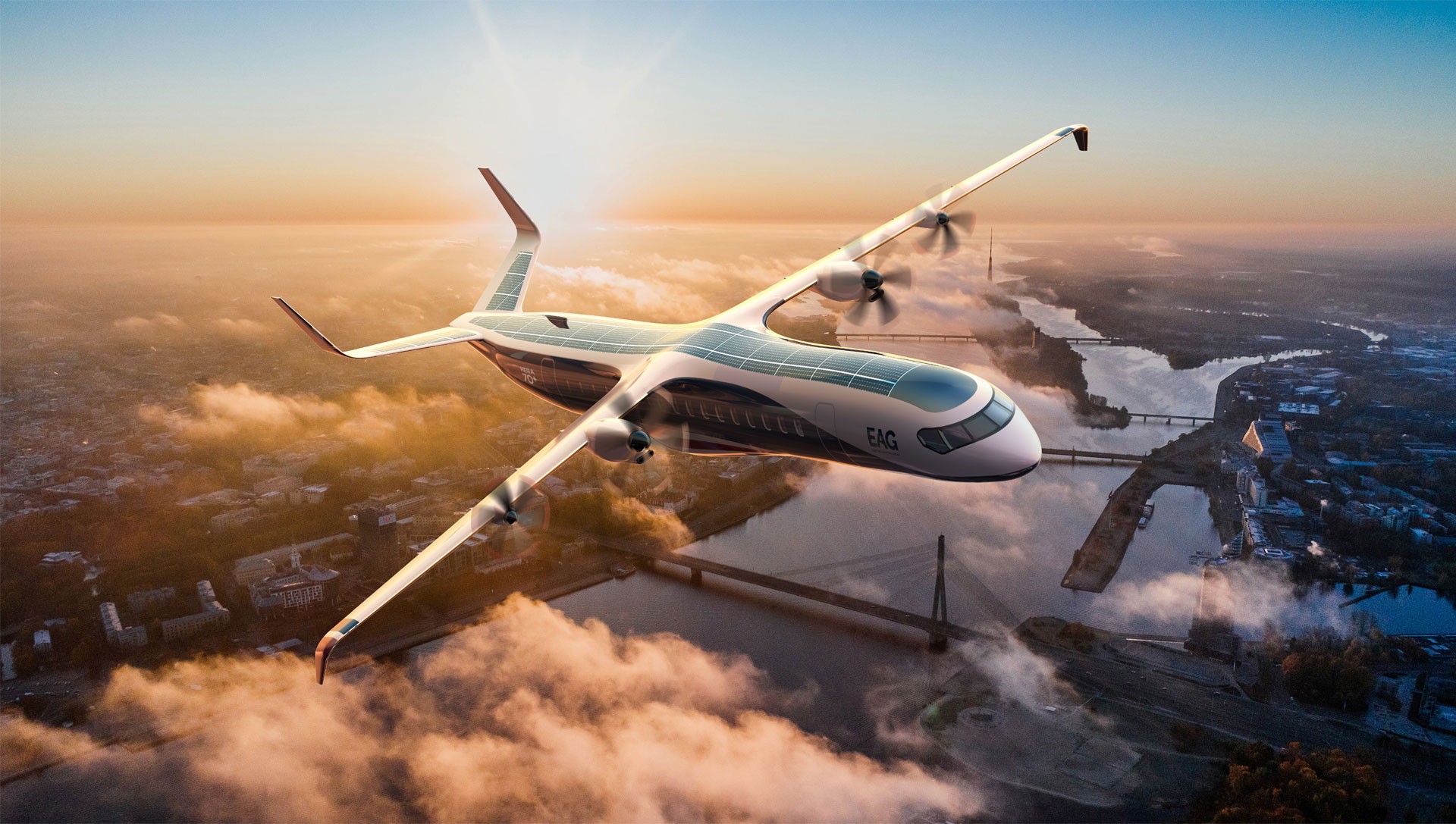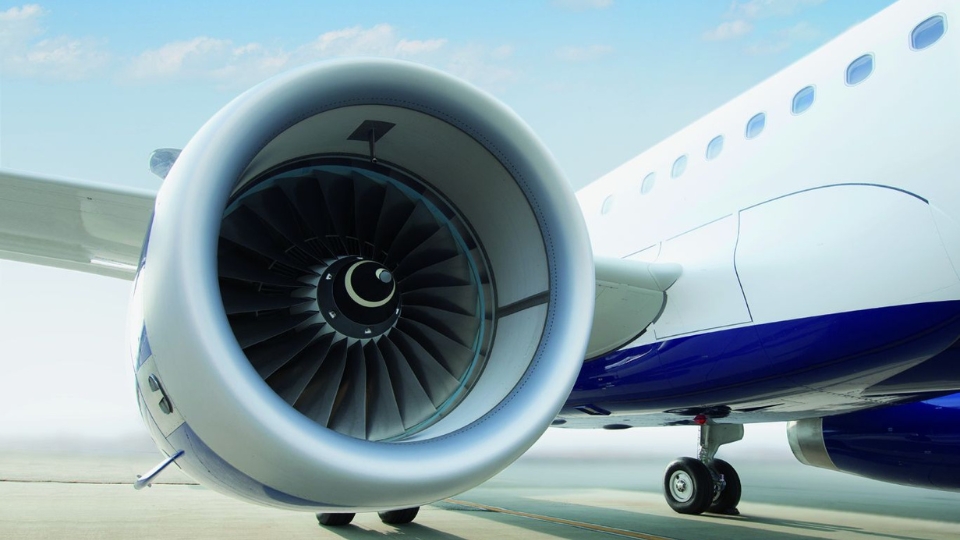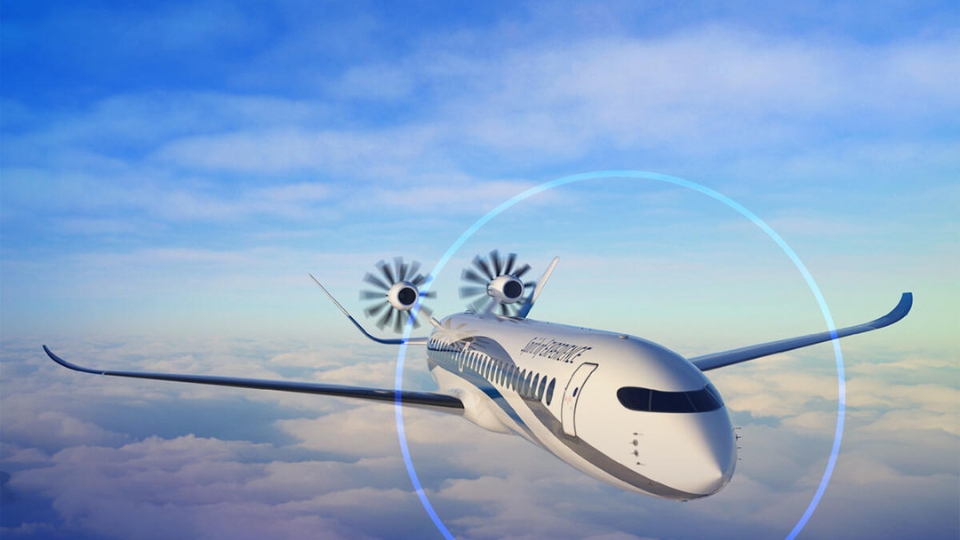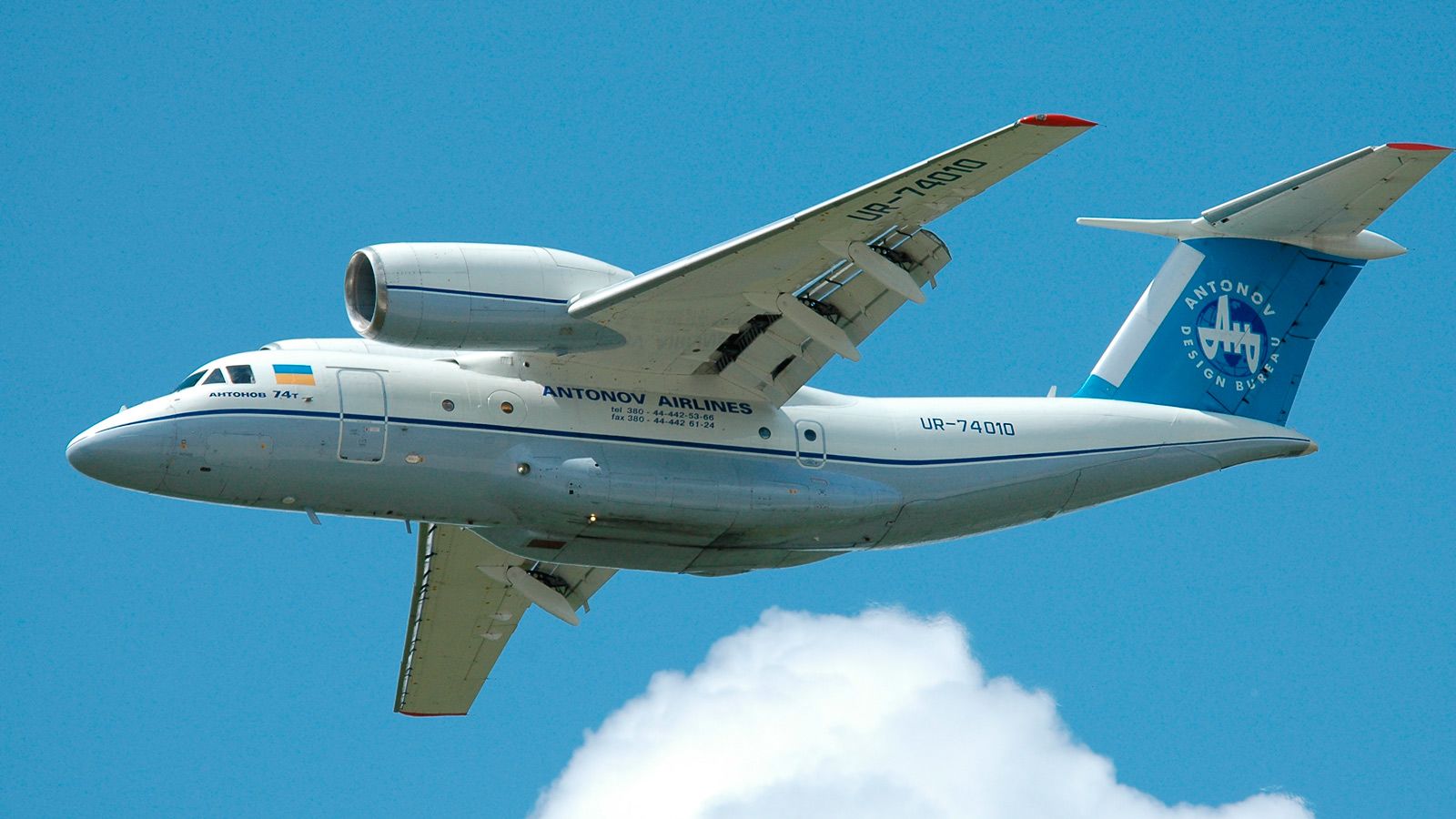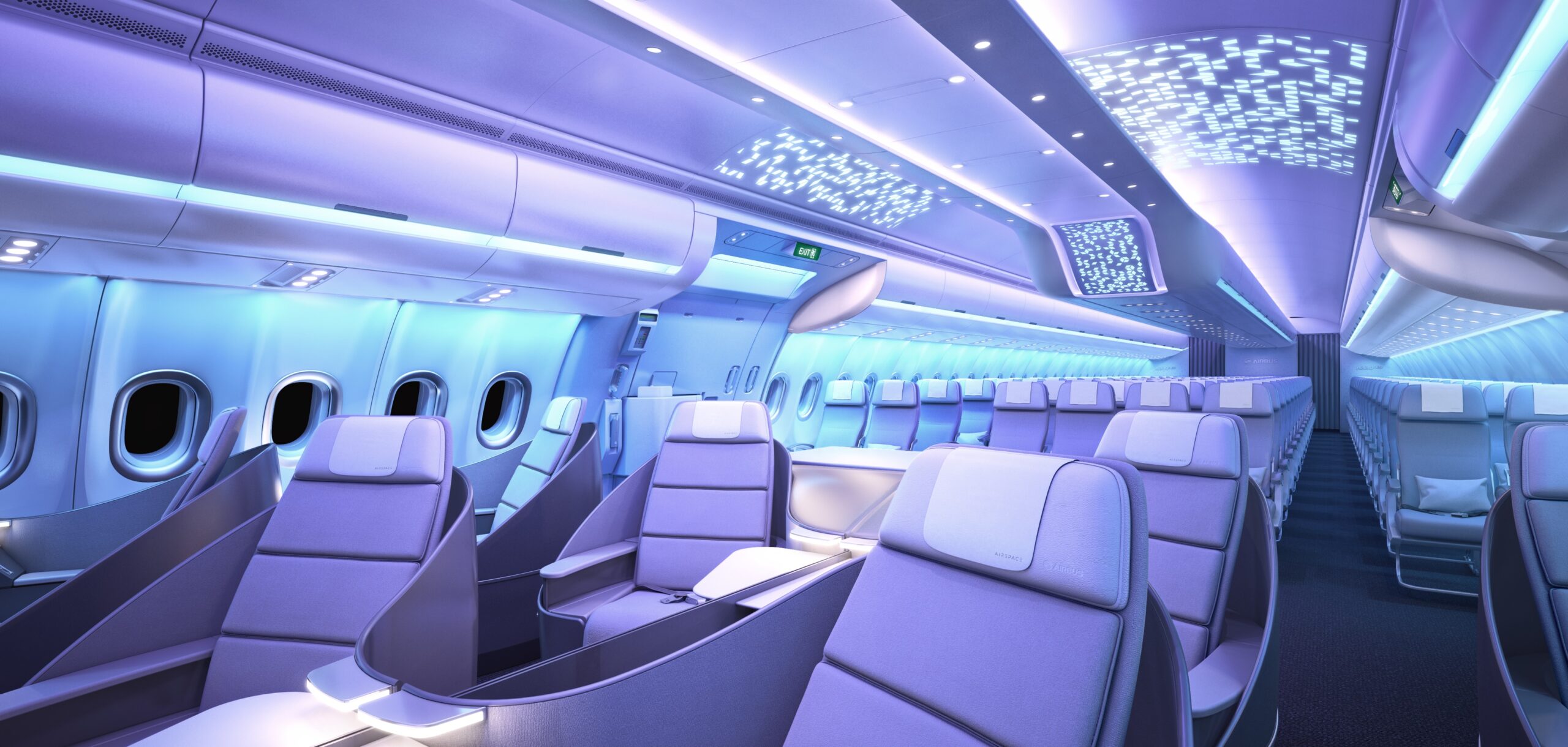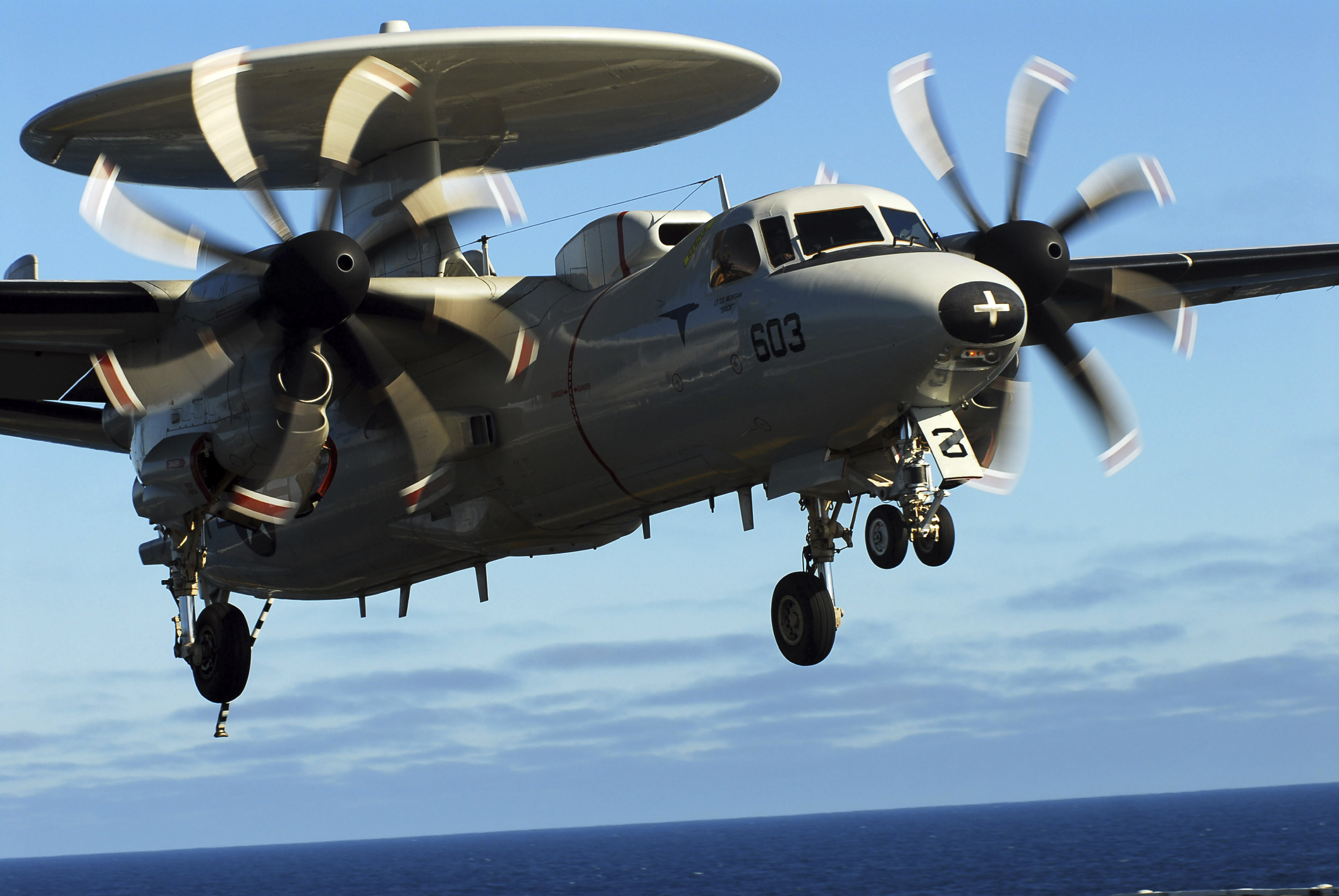The aviation industry is entering a new era with the rise of electric and hybrid aircraft. As airlines and manufacturers seek cleaner, more sustainable solutions, these technologies promise to reduce emissions, lower fuel costs, and change the way people travel. Electric and hybrid propulsion systems are no longer just concepts—they are becoming viable options for short-haul and regional flights.
Understanding Electric and Hybrid Propulsion
Electric aircraft use batteries to power electric motors, eliminating the need for traditional jet fuel. They produce zero emissions during flight and are quieter than conventional planes. Hybrid aircraft combine electric motors with conventional engines, allowing longer ranges while still benefiting from improved fuel efficiency.
Hybrid systems can operate on electric power during takeoff, climb, or taxiing, then switch to jet fuel for longer cruise phases. This approach reduces fuel consumption and noise while maintaining performance for longer flights.
Advantages of Electric and Hybrid Aircraft
One of the main advantages of electric and hybrid aircraft is environmental impact. Aviation contributes significantly to global carbon emissions, and electrification can drastically reduce the industry’s footprint. These aircraft also lower operating costs since electricity is cheaper than jet fuel and requires less maintenance than combustion engines.
Noise reduction is another benefit. Electric motors operate quietly, reducing the impact of aircraft noise on communities near airports. This feature could allow for more flexible flight schedules and nighttime operations in urban areas.
Current Developments in the Industry
Several companies are leading the way in electric and hybrid aviation. Boeing, Airbus, and Rolls-Royce are testing hybrid-electric propulsion systems, while startups like Eviation and Pipistrel are developing fully electric regional aircraft. Many of these designs target short routes under 500 kilometers, which are ideal for battery-powered systems.
Governments and aviation authorities are supporting the transition by funding research, creating incentives, and developing certification standards for electric and hybrid aircraft. These efforts accelerate development and ensure safety compliance.
Challenges to Overcome
Despite the promise, electric and hybrid aircraft face challenges. Battery energy density remains a major limitation, restricting flight range and payload capacity. Current battery technology allows only short regional flights for fully electric planes.
Infrastructure is another challenge. Airports need charging stations, maintenance facilities, and emergency protocols designed for electric propulsion. However, gradual adoption and hybrid systems can help overcome these obstacles while technology improves.
The Role of Sustainability in Aviation
Electric and hybrid aircraft align with the aviation industry’s push toward sustainability. Airlines are under pressure to meet carbon reduction targets, and new propulsion systems provide a practical solution. By integrating these technologies, the industry can reduce reliance on fossil fuels and limit environmental impact.
The future may also include combining electric systems with sustainable aviation fuels (SAF). This hybrid approach could enable longer-range flights while maintaining low emissions, further transforming air travel.
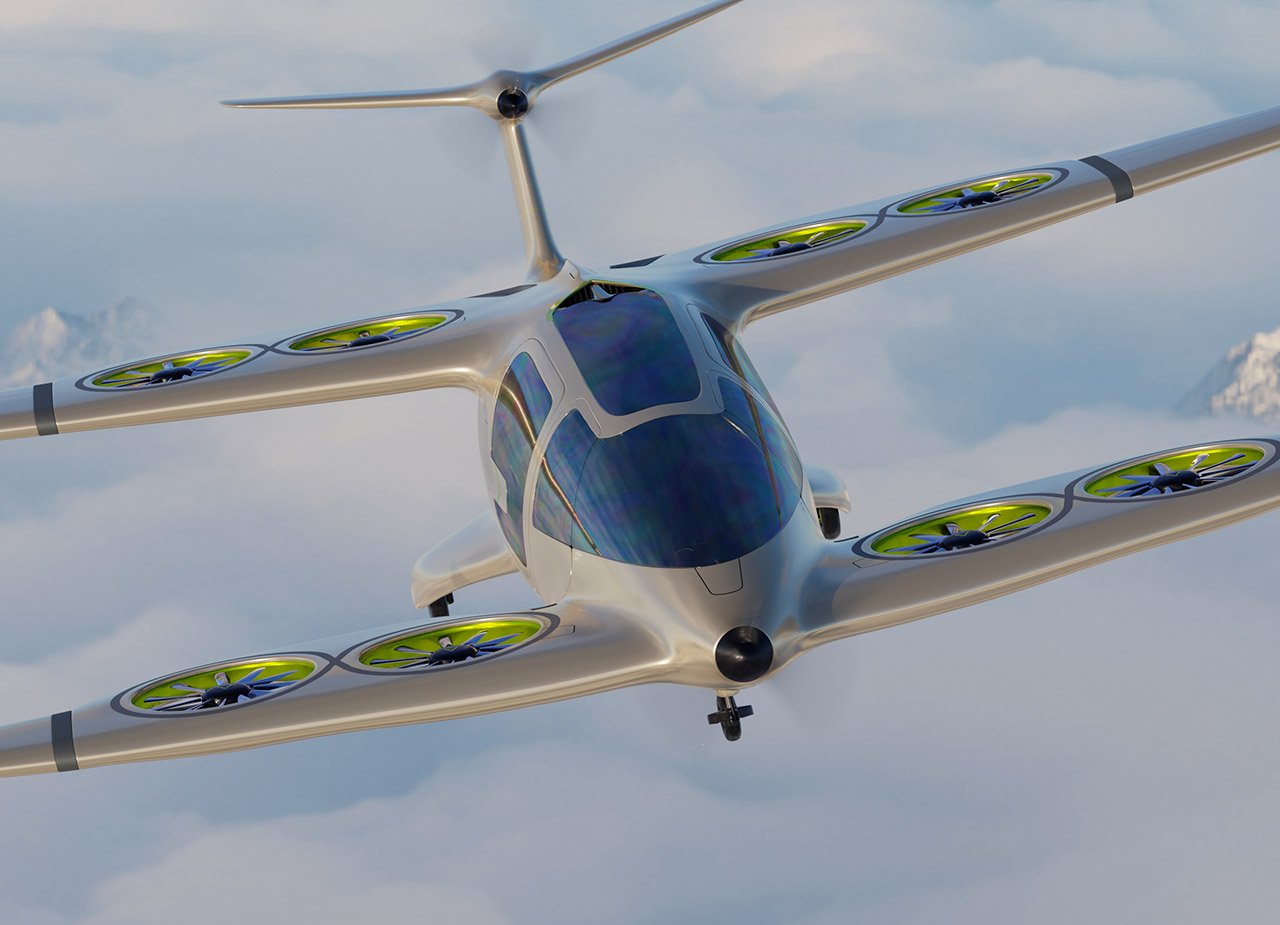
Electric and Hybrid Aircraft: The Future of Aviation
Looking Ahead
Experts predict that electric and hybrid aircraft will become more common in the next decade. Regional airlines are expected to be early adopters, offering short-haul routes that are perfect for battery-powered flights. Over time, advancements in battery technology and hybrid systems could extend to larger aircraft and longer routes.
The development of electric and hybrid planes signals a major shift in aviation, emphasizing efficiency, sustainability, and innovation. These aircraft represent the future of flight, promising cleaner skies and a more environmentally responsible industry.
Conclusion
Electric and hybrid aircraft are set to transform aviation by reducing emissions, fuel costs, and noise pollution. While challenges remain, ongoing innovation and investment are paving the way for sustainable air travel. As battery technology improves and hybrid systems expand, the future of aviation looks cleaner, quieter, and more efficient than ever before.

